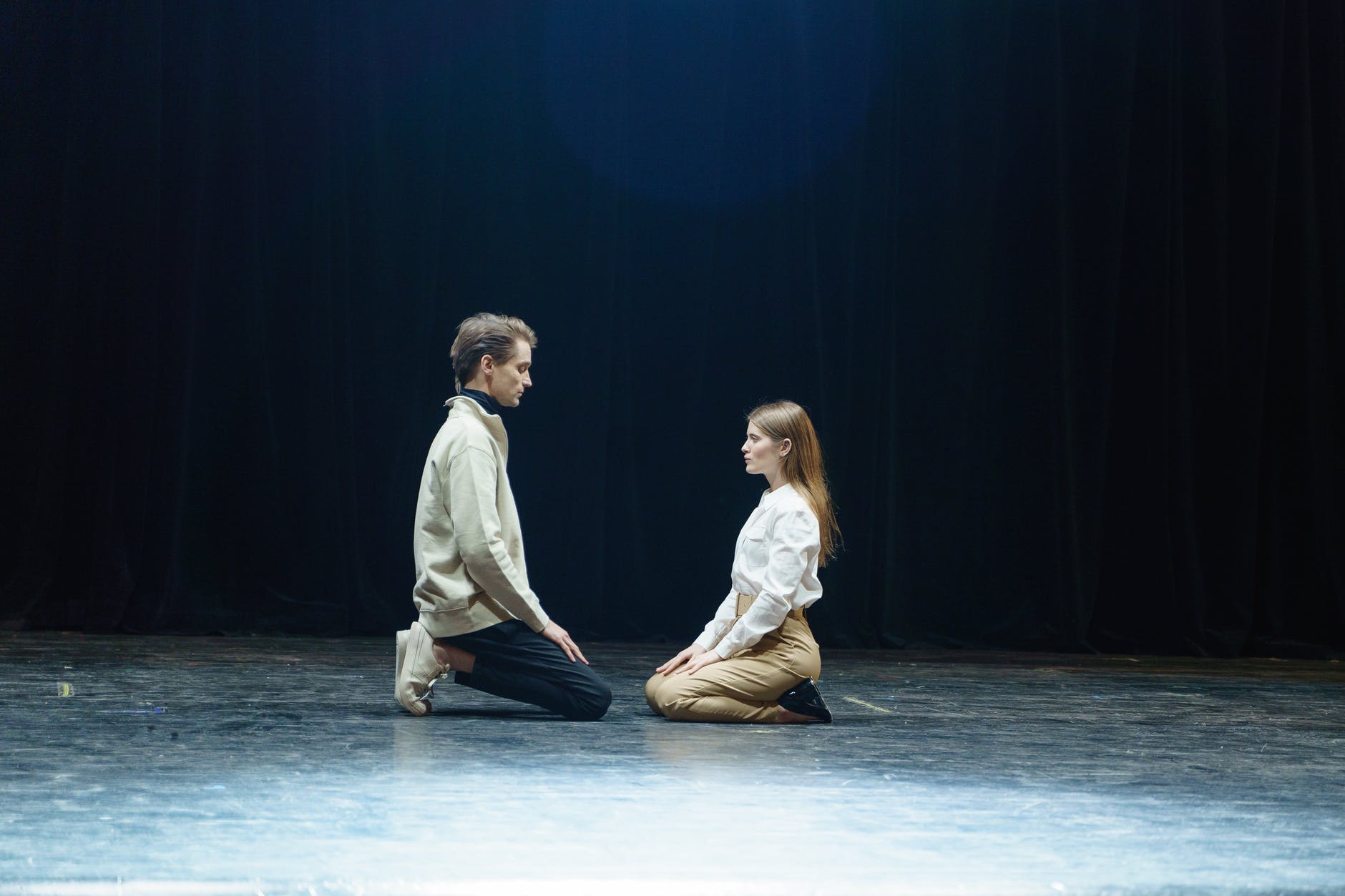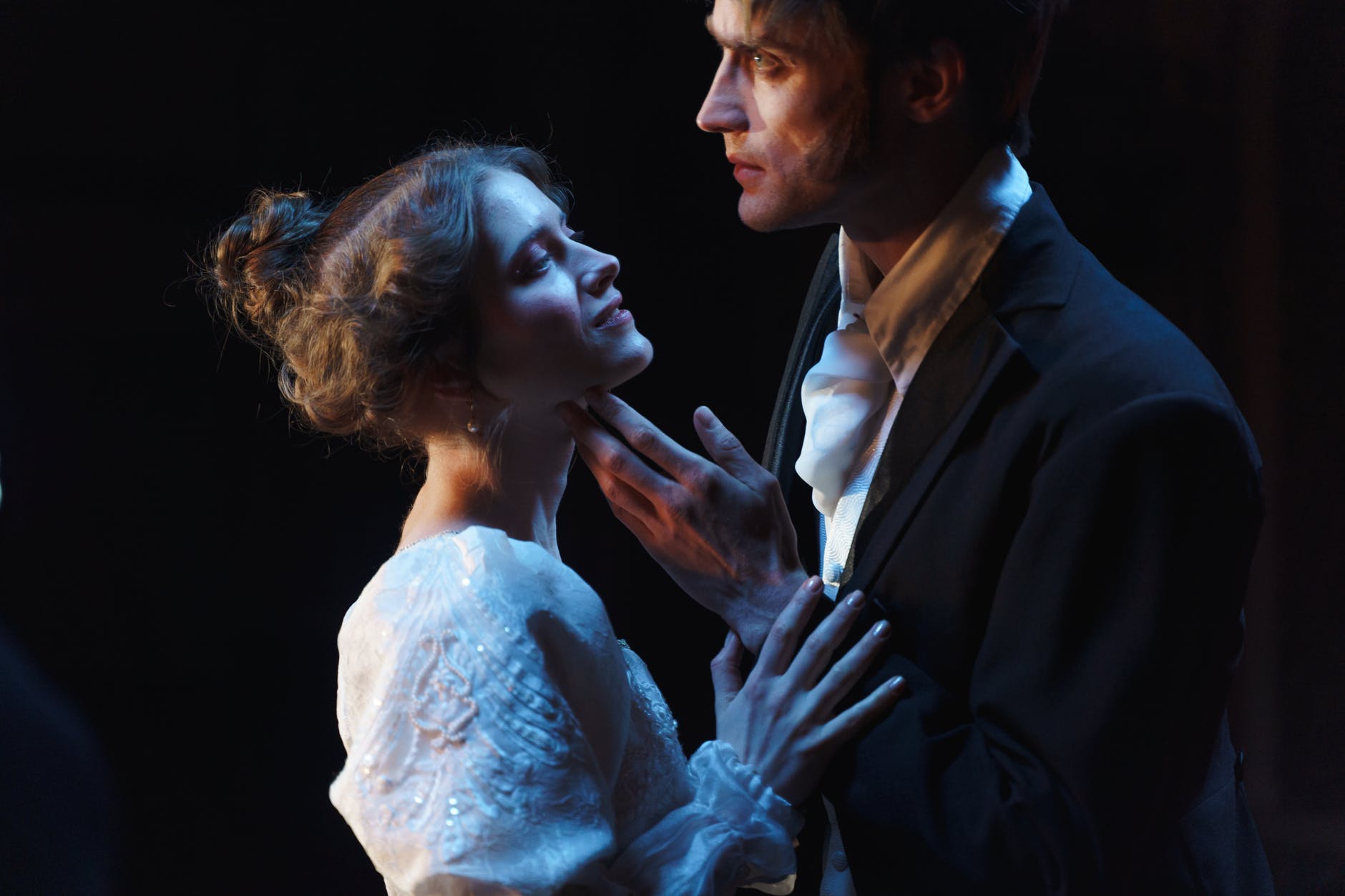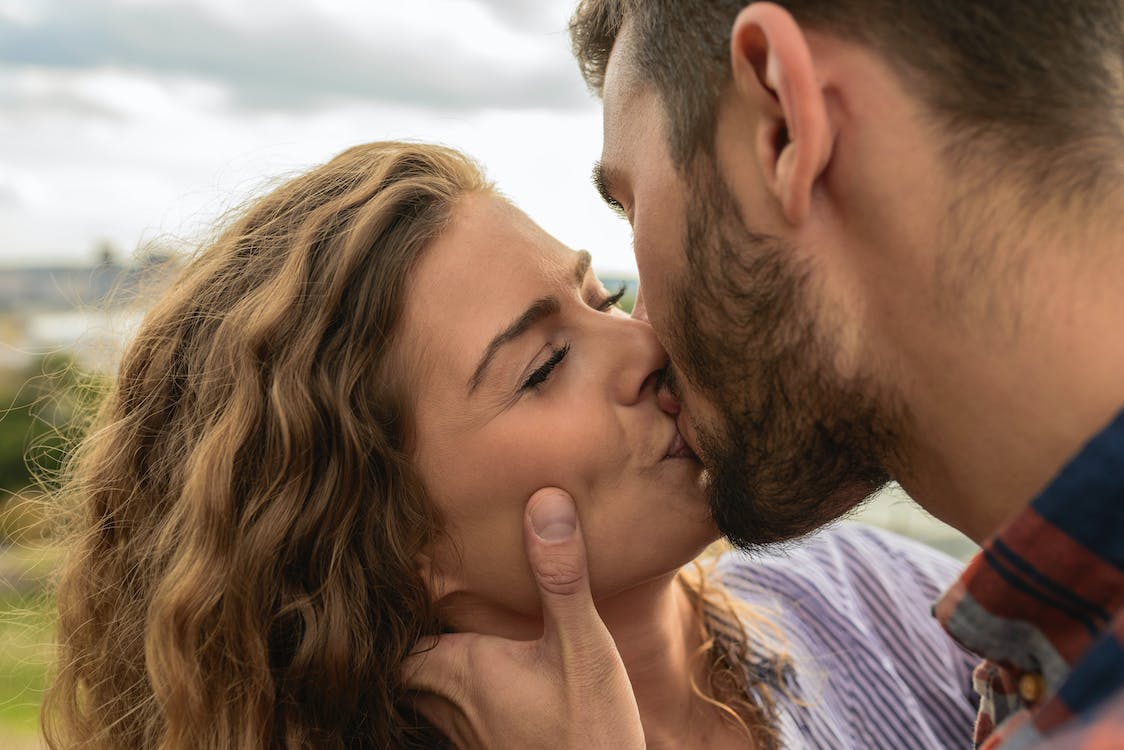How Do Actors Kiss Without Kissing?
Here’s how actors achieve this illusion
(By Ray Reese)
 (Photo: Andrea Piacquadio | Pexels)
(Photo: Andrea Piacquadio | Pexels)
Kissing scenes are often essential to plotlines and character development, but they can be challenging for actors, directors, and crew members to navigate. Various techniques and strategies are employed to simulate a kiss without requiring actors to actually kiss, maintaining the illusion while ensuring the comfort and professionalism of all involved. Here’s how actors achieve this illusion.
Camera Angles and Positioning
Creative Angles
One of the most effective ways to simulate a kiss is through the use of creative camera angles. By positioning the camera strategically, filmmakers can create the illusion that actors are kissing when they are, in fact, not making direct contact. Common techniques include:
Over-the-Shoulder Shots: Filming over one actor’s shoulder can obscure the view of the actual kiss, allowing the actors to position their faces close together without touching.
Side Angles: Shooting from the side can give the impression of a kiss with minimal actual contact.
Close-Ups and Cutaways: Using close-up shots of the actors’ faces and then cutting away at the moment of the kiss can suggest intimacy without showing it explicitly.
Blocking and Staging
 (Photo: Cottonbro | Pexels)
(Photo: Cottonbro | Pexels)
Physical Positioning
Blocking refers to the precise staging of actors’ movements and positions on set. Directors and choreographers can stage a scene in such a way that the kiss appears real while ensuring that the actors’ lips never actually meet. Techniques include:
Face Tilting: Actors can tilt their heads in a way that their mouths are close but not touching, with the camera angle creating the illusion of a kiss.
Hand Placement: Actors can use their hands to obscure the view of their lips, such as placing a hand on the other’s face or neck.
Prop Use: Occasionally, props like hats, books, or even other actors’ shoulders can be used to block the view of the actual kiss.
Editing Techniques
 (Photo: Cottonbro | Pexels)
(Photo: Cottonbro | Pexels)
Post-Production Magic
Editing plays a crucial role in creating the illusion of a kiss. By carefully selecting and combining shots, editors can craft a convincing kiss scene. Methods include:
Quick Cuts: Rapidly cutting between different angles and close-ups can give the impression of a kiss without showing continuous contact.
Reaction Shots: Including shots of the actors’ faces before and after the supposed kiss can imply the kiss without showing it.
Special Effects and CGI
Digital Enhancement
In some high-budget productions, special effects and CGI (computer-generated imagery) can be used to enhance or even create kissing scenes. Techniques include:
Digital Touch-Up: Minor adjustments can be made to footage to align actors’ faces more closely.
Full CGI: In some cases, entire kissing scenes can be created digitally, especially if there are other special effects involved or if the actors are not available for reshoots.
Professionalism and Communication
 (Photo: Vera Arsic | Pexels)
(Photo: Vera Arsic | Pexels)
Establishing Boundaries
Clear communication and professionalism are essential in executing simulated kisses. Directors, actors, and intimacy coordinators work together to ensure everyone’s comfort and consent. Practices include:
Intimacy Coordinators: These professionals help choreograph intimate scenes and ensure that actors’ boundaries are respected.
Rehearsals: Practicing the scene without the pressure of filming can help actors feel more comfortable and natural.
Consent and Comfort: Actors are encouraged to communicate their comfort levels and consent to specific actions, ensuring a respectful and safe working environment.
Creating a convincing kiss on screen without actual physical contact involves a blend of camera work, blocking, editing, special effects, and professional collaboration. These techniques ensure that actors can perform intimate scenes while maintaining personal boundaries and comfort.



